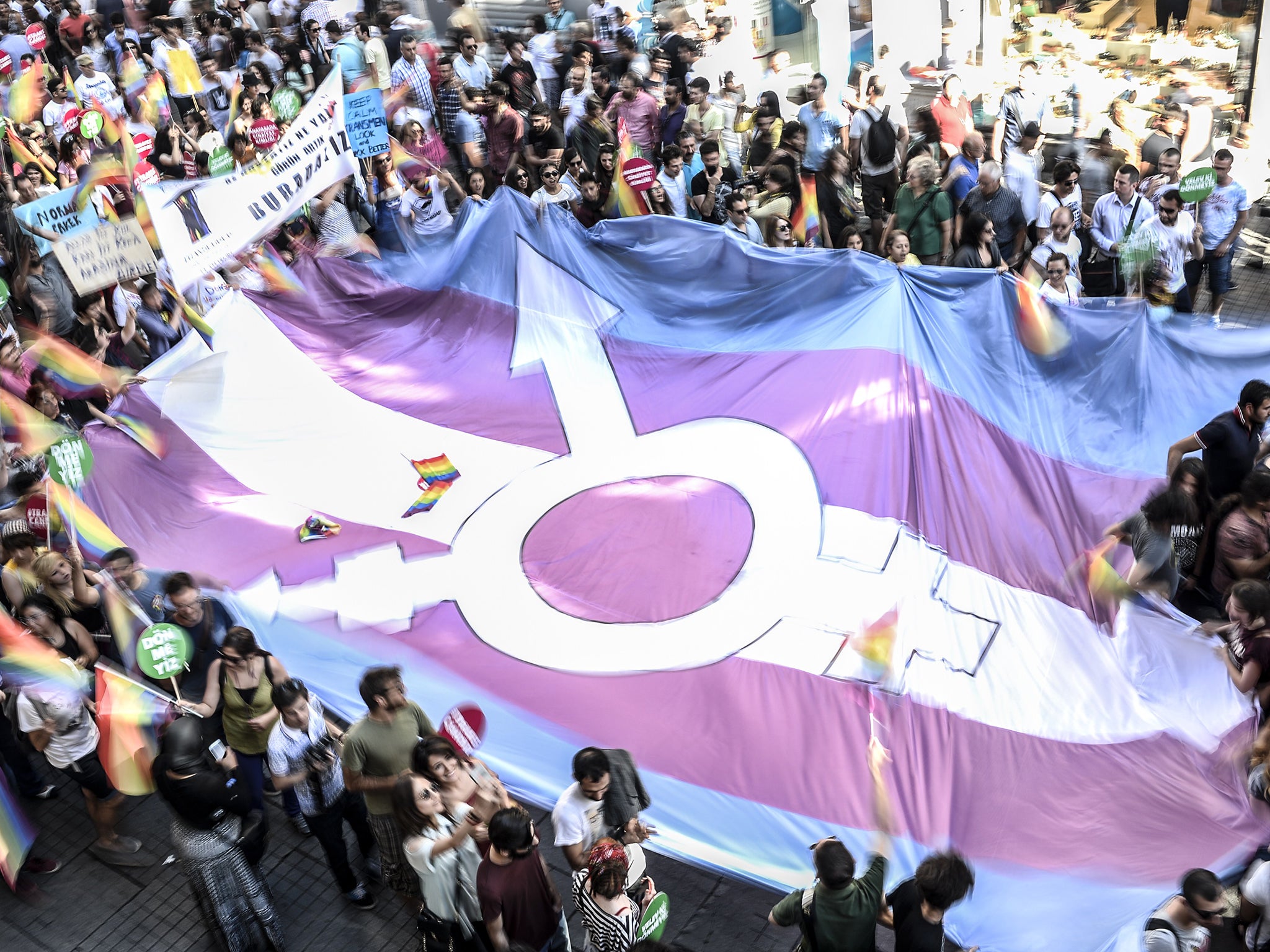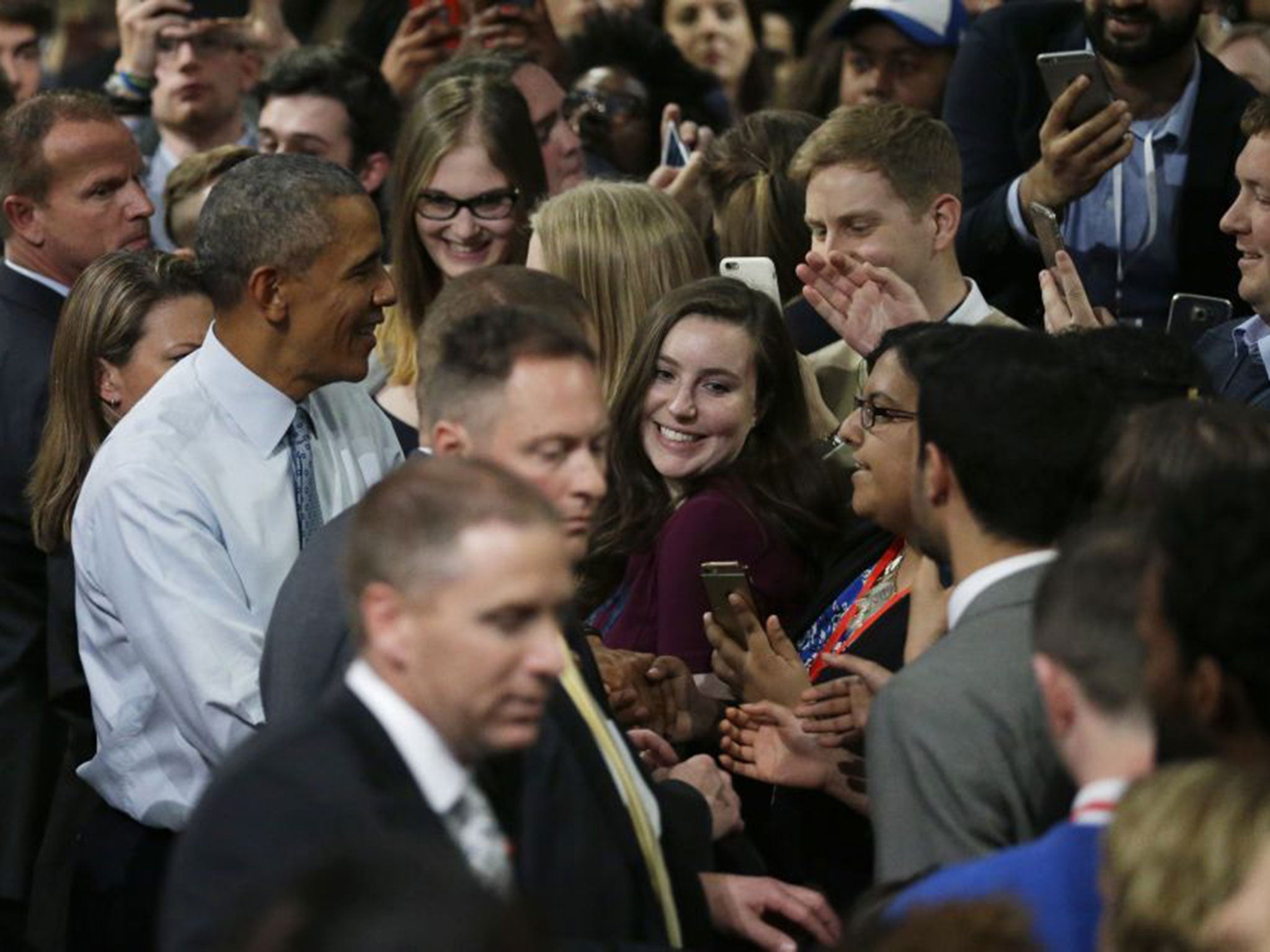What does it mean to be genderqueer?
For those that don't identify with traditional gender labels, the consequences can be extremely challenging

Your support helps us to tell the story
From reproductive rights to climate change to Big Tech, The Independent is on the ground when the story is developing. Whether it's investigating the financials of Elon Musk's pro-Trump PAC or producing our latest documentary, 'The A Word', which shines a light on the American women fighting for reproductive rights, we know how important it is to parse out the facts from the messaging.
At such a critical moment in US history, we need reporters on the ground. Your donation allows us to keep sending journalists to speak to both sides of the story.
The Independent is trusted by Americans across the entire political spectrum. And unlike many other quality news outlets, we choose not to lock Americans out of our reporting and analysis with paywalls. We believe quality journalism should be available to everyone, paid for by those who can afford it.
Your support makes all the difference.“I’m about to do something terrifying, which is I’m coming out to you as a non-binary person,” Maria Munir, a 20-year-old student, told President Obama at his recent town hall meeting in London. The president, who has readily embraced LGBT rights, took the comment in stride and called Munir “brave.” For Munir, it was the first time they had stood up and publicly disclosed their gender identity to anyone, including their parents.
The audience applauded Munir for self-identifying as non-binary (sometimes referred to as genderqueer or gender nonconforming). But others are likely to be confused by, some perhaps afraid of, what they don’t understand. “These terms are new to many people outside of LGBTQ+ communities,” said Genny Beemyn, director of the Stonewall Center at the University of Massachusetts at Amherst. Beemyn also told me that the “tremendous ignorance” about gender identity creates a space for “scare tactics and lies,” resulting in acts of violence and a plethora of anti-trans legislation, such as the bathroom laws in Houston, Mississippi and North Carolina.

In fact, these terms are fairly new and often puzzling to me, too. It’s only in the past three or four years that I’ve come to know a number of people who identify as non-binary, which means that they don’t identify as either male or female.
Truth be told, I’m a black-and-white kind of guy: Hot and cold. Good and evil. And yes, man or woman. So this has been a journey for me, too, to see the gray space and to understand that not all things are “this” or “that.”
“The best way to understand someone is to know them,” Beemyn told me. So let me introduce you to 21-year-old Ji-Ho Park, a chemistry major at Duke University, whom I met last fall when I was lecturing on campus. Masculine in appearance and with a commanding voice, Park looked like one of the many jocks on the Duke campus.
The only hint that something was different was on Park’s name card. These folded pieces of paper provided me with each student’s name and the appropriate pronouns to use. Park’s read “they, their and theirs”— not “he, him and his.”
Last week, I watched Park in a queer theater performance. They were sporting a glossy coat of blue lipstick that perfectly matched the nail polish on their fingers. Their body now appeared softer, more “feminine” to my eye. Park was clad in a black T-shirt and blue jeans, but they tell me they sometimes “love” wearing heels and a dress.
The next day we sat down to talk about gender identity. Park’s nails remained blue, but their lips were now painted fuchsia. Frankly, I was afraid I’d mess up — mostly my pronouns, but also the distinction between sexual orientation and gender identity. Park reminded me of the adage that “sexual orientation is who you go to bed with; gender identity is who you go to bed as.”
Park uses “queer,” meaning “not heterosexual,” for their sexual orientation, and “genderqueer” for their gender identity. Park added that the latter could also be called “gender nonconforming, bi-gender, non-binary, or just being fluid.” That’s a lot of new vocabulary, even for me. (All these terms fall under the transgender umbrella, which includes those whose gender identity differs from what’s typically associated with the sex they were assigned at birth.)
During our talk, I started to become hyper-aware of the challenges that non-binary people face. School registration and insurance forms, driver’s license and college applications, even (especially) dating sites — all binary. And of course, restrooms. You must choose male or female. But for Park, there’s no box to check.
Still, this discussion about gender identity is not about wordplay or politically correct talk. Language matters because, as Park said, “the development of vocabulary is crucial to understanding.” They haven’t even discussed any of this with their Korean-born parents, because “genderqueer doesn’t even exist in that language.”
I get that: With language comes awareness, which leads to familiarity, and, with any luck, acceptance.
I asked Park what they wanted people to take away from our talk. “That we exist,” they said quickly. “That’s it’s okay for things not to be on the binary.”
They added: “There needs to be general awareness and education about all these issues. Even in high schools, we’re talking about sex but not about gender identity. There is such a vocabulary that should be available to these individuals who could benefit a lot from it.” For Park, a change in public perception — and acceptance — can’t come soon enough. Although there may not be 50 shades of gray, I’m learning that the world is not black or white, this or that. Nor is my new friend, Ji-Ho Park.
Copyright Washington Post
Join our commenting forum
Join thought-provoking conversations, follow other Independent readers and see their replies
Comments